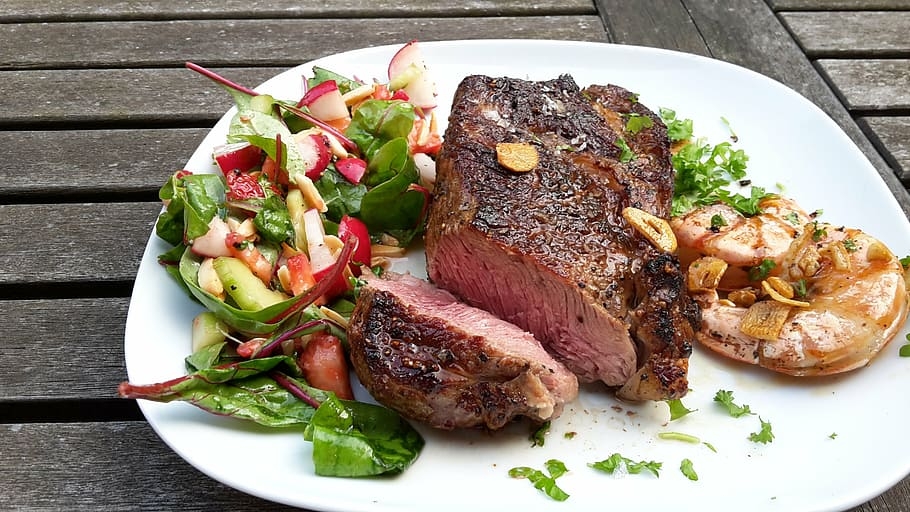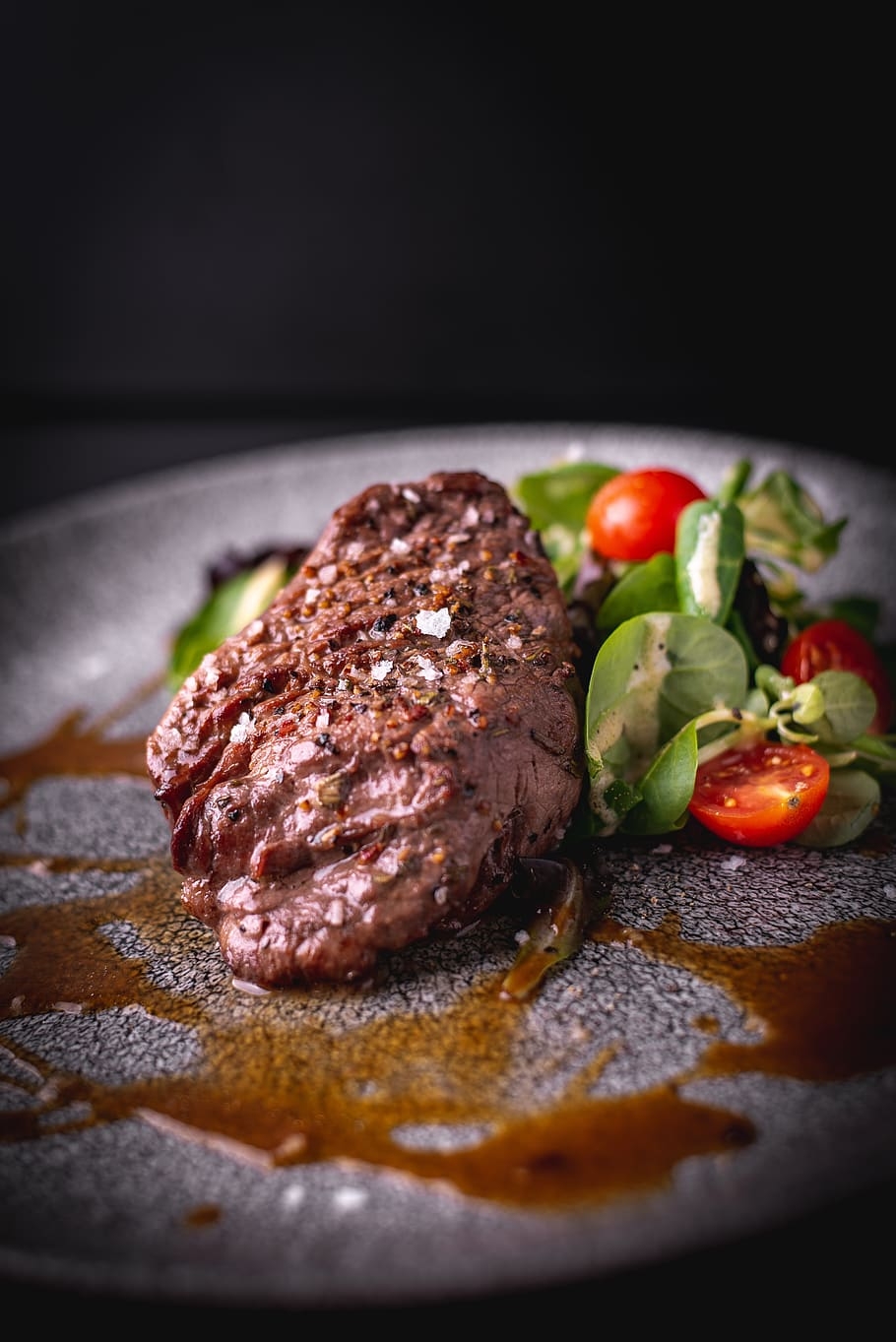How long can you eat steak after sell by date?
Have you ever found yourself staring at a package of steak, trying to decipher whether or not it’s still safe to eat? The sell-by date can be confusing and often leaves people wondering if they should still consume the meat. But how long can you really eat steak after the sell-by date?
The USDA requires all meat products to have a sell-by or use-by date to indicate when the product is at its peak freshness. However, this date doesn’t necessarily mean the product is no longer safe to consume. The sell-by date is a recommendation to stores on how long they should have the product out for sale, but it doesn’t necessarily reflect the actual expiration date of the meat.
If you’re someone who hates wasting food, you might be curious to know if it’s safe to eat steak even after the sell-by date. It’s important to understand the factors that go into determining the shelf life of steak so you can make an informed decision. In this article, we’ll take a closer look at the sell-by date, how to determine if steak has gone bad, and what you can do to extend the life of your steak.

How long can you eat steak after the date?
Generally, steak can be eaten up to 5 days after the sell-by date, as long as it has been properly stored in the refrigerator. As a general rule of thumb, raw steak should not be kept in the refrigerator any longer than 4 days before being cooked. Cooked steak may be stored for up to 3-4 days before being consumed.
When storing steak, it ‘s important to keep it in an airtight container and place it on the bottom shelf of the refrigerator. This will help reduce exposure to air and moisture, which can contribute to spoilage. If the steak is not stored properly, it can go bad more quickly than expected.
It’s also important to inspect the steak for any signs of spoilage before consuming it. A few signs that your steak may be bad include discoloration, a foul odor, and slimy or sticky texture. If the steak looks or smells off, it’s best to discard it rather than risk getting sick from spoiled meat.
Finally, if you want to extend the shelf life of your steak, you can always freeze it. Steaks can be frozen for up to 6 months before they begin to lose their flavor and texture. Freezing is a great way to ensure your steak stays fresh for longer.
Why freezing steak is great?
The benefits of freezing steak are clear – it’s an easy and effective way to keep your steak fresh for longer, and save you the hassle of having to buy an entire new pack if you don’t get around to cooking it in time. Freezing steak is super simple too; all you need to do is put the steak into a freezer storage bag or airtight box, so that it remains properly sealed, label the package with its date, weight, and type of meat as well as use by/ expiry date, and store it at a temperature of -15°C or lower. By doing so you’ll retain all the flavor and texture of your steak for up to three months.
What’s more, when you’re ready to defrost your steak, you can transfer it directly from the freezer onto a plate or pan, ensuring minimal mess and fuss. You can then store the defrosted meat in your refrigerator for up to two days before cooking. That way any leftover steaks can be stored without fear that they may go bad – making them perfect for making meals throughout the week. So next time you find yourself with some steak that needs preserving urgently, look no further than your freezer!
How can you tell if flank steak has gone bad?
One of the primary warning signs to look for in ascertaining whether your flank steak has gone bad is a slick, slimy feel when you touch it. This manifestation of spoilage on any type of meat is usually an indication that it has lost its texture and is beginning to rot, although in some cases it may just be a sign that the meat was not properly handled or stored. Additionally, if there is any sort of film or slime developing on the exterior of the steak, then this could be another sure-fire way to tell that the flank steak is spoiled. To further accentuate this point, if you feel any sort of faint stickiness emanating from the surface of your steak then it would be wise to discard it immediately.
Although aging your steaks can be beneficial in terms of enhancing flavor, closely inspecting them prior to consumption would also prove to be beneficial due to the possibility that mold may have started growing on them. Therefore, ensuring that they are fresh should always take precedence as mold can easily develop in an unfavorable environment which may lead to more serious situations related to food poisoning. Keep in mind also that steaks kept at room temperature tend to spoil much faster than those stored correctly inside a refrigerator – so always check with the sell by date before purchasing or consuming your steak.
Can you tell if flank steak is still good by smell?

Smelling a piece of raw steak is one of the best ways to tell whether it’s still good or not. If it smells sweet, then it’s likely in good condition. However, if it has a sour or rancid smell, that’s an indication that bacteria have infiltrated the steak and you should discard it immediately. Another way to check if flank steak is still edible is by its appearance. Fresh meat will usually have a faint reddish hue and will be moist with a slight sheen. If the beef is taking on a brownish tinge and appears dry or slimy on the surface, this is another sign that your meat has gone bad.
It’s important to always practice food safety when handling raw meat products. Store them properly and use them as quickly as possible to ensure they don’t spoil. Never leave them in temperatures higher than 40°F for more than two hours at most so you can avoid bacterial contamination which may lead to food poisoning when ingested. Furthermore, one should never leave cooked meat outside of refrigeration for too long as well because this can also create an unwelcome environment for harmful bacteria to creep in.
Is steak bad if it has turned brown?
When your steak becomes discolored, it may be alarming to some people who assume that the redness of uncooked meat is an indicator of freshness. However, this is not necessarily the case and in most instances, browning of your steak does not mean that the meat has gone bad. This discoloration is mostly caused by contact with air and iron-bearing liquids within the steak itself.
The main concern should be with the smell of the steak rather than its color. If you are unsure about it, you can always perform a small taste test before using it for cooking or consuming it to make sure that it is safe to do so. In most cases, if there’s no obviously sour odor nor any other pungent aroma and your steak still has a bit of elasticity when touched, then chances are that it’s still good to eat. Therefore, there’s usually no need for concern when your steak turns from red to something between pinkish-brown or dark brown after days in storage.